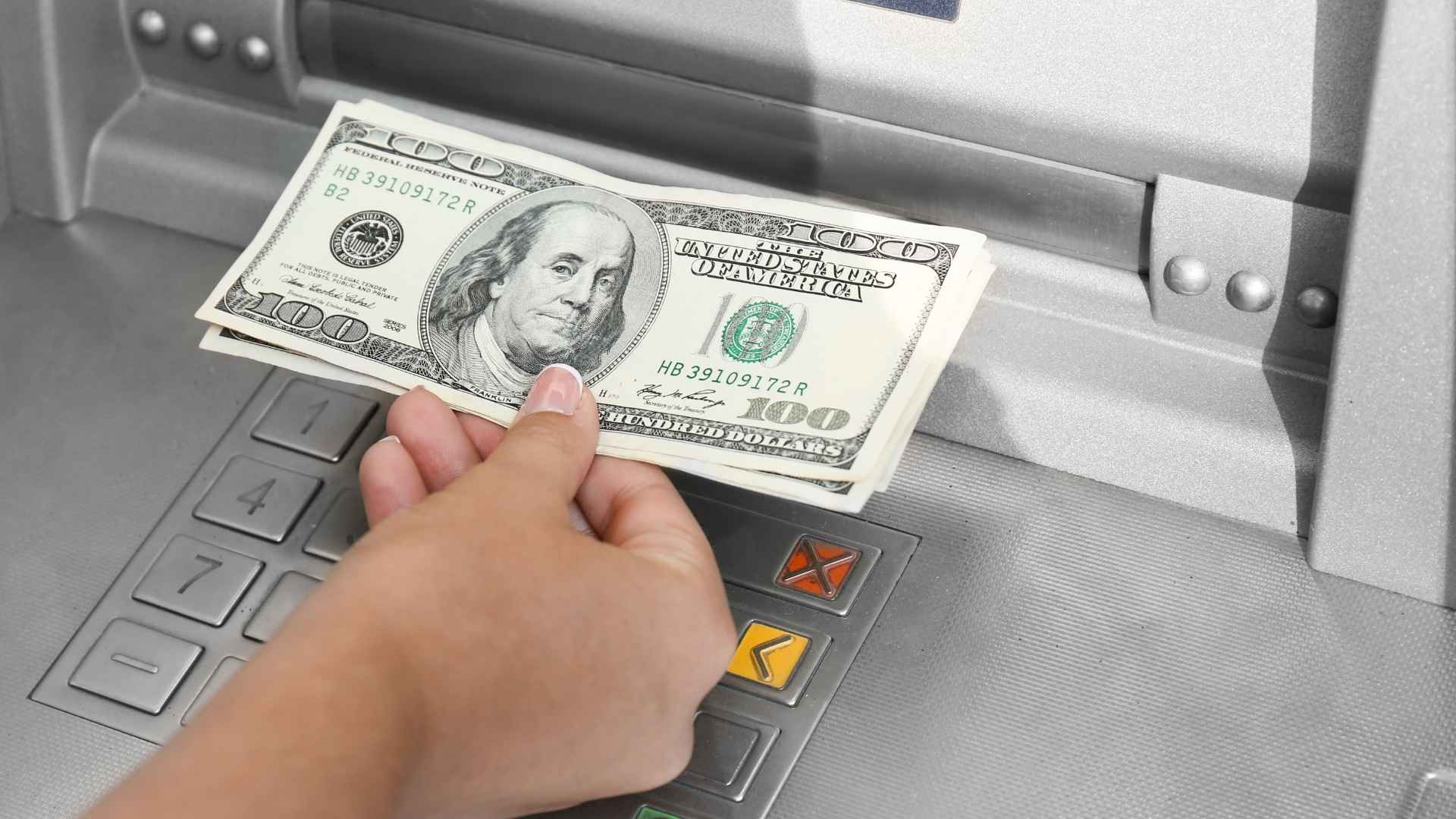The Treasury’s new rule brings extra paperwork—and fresh worries—to everyday customers living near the southern border.
Everyday errands just got a twist. Beginning April 10, 2025, anyone who pulls $200 or more in cash from a money‑transfer service or currency‑exchange office inside certain California and Texas communities will be reported to federal investigators. The policy, issued as a Geographic Targeting Order (GTO) by the Department of the Treasury, will run for 179 days and aims to choke off the “small but steady” cash flow cartels rely on.
Why the Treasury’s new Geographic Targeting Order flags $200 cash withdrawals today
Think $200 is pocket change? So did many residents—until now. Under the GTO, every qualifying withdrawal is funneled to FinCEN, the Financial Crimes Enforcement Network. Officials argue that cartels increasingly “structure” deposits and withdrawals in bite‑size amounts to dodge traditional $10,000 reporting rules. By slicing the trigger to $200 in high‑risk corridors, the Treasury hopes to spot patterns that bigger thresholds miss.
Who could be caught off guard? Seasonal workers wiring money home, families paying cash‑only bills, or small retailers topping up registers—all must now expect extra ID checks and record‑keeping at participating businesses.
Every high‑risk California and Texas zip code the order watches this season
Below are the counties and zip codes the Treasury singled out. Live, work, or transact here? Your next $200 cash pickup will be logged.
| State | County | Watched ZIP codes |
|---|---|---|
| California | Imperial | 92231, 92249, 92281, 92283 |
| San Diego | 91910, 92101, 92113, 92117, 92126, 92154, 92173 | |
| Texas | Cameron | 78520, 78521 |
| El Paso | 79901, 79902, 79903, 79905, 79907, 79935 | |
| Hidalgo | 78503, 78557, 78572, 78577, 78596 | |
| Maverick | 78852 | |
| Webb | 78040, 78041, 78043, 78045, 78046 |
Still unsure whether your neighborhood made the list? Check the ZIP on your driver’s license before your next trip to the counter.
What residents should do if their routine banking now looks suspicious
- Bring proper ID every time. Money service businesses must keep detailed customer records under the GTO.
- Keep receipts and logs. Saving proof of legitimate expenses could clear up questions later.
- Consider non‑cash alternatives. Electronic transfers outside the affected corridor are not covered by the $200 threshold—yet.
- Stay alert to scams. Fraudsters may pose as officials demanding “verification fees” after a withdrawal. Genuine notices never ask for on‑the‑spot payments.
Consequently, following these steps can save headaches—and prevent a harmless grocery run from turning into an uncomfortable interview.
The new, lower reporting bar is temporary, but its effects are immediate. Residents and small businesses in the targeted ZIP codes should treat every $200 cash move like a high‑value transaction: document it, ask questions, and explore safer payment channels when possible. After all, transparency today could spare you a federal follow‑up tomorrow.

